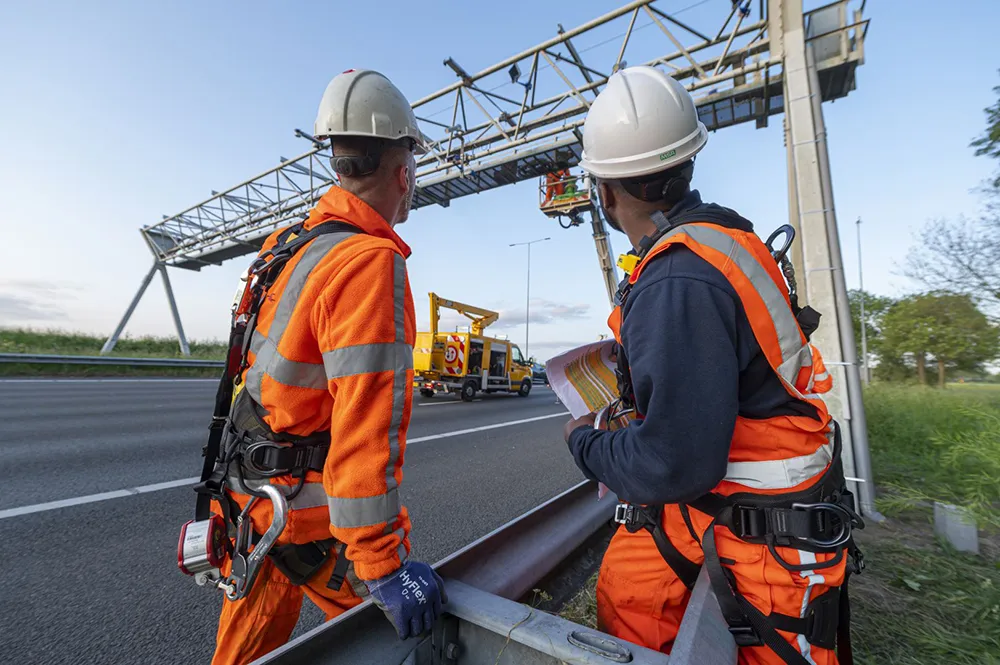US-based Perceptics, the company that performs most of the US government licence plate camera reads at the land borders, is to present its Build, Own, Operate and Maintain (BOOM) model for Automated Licence Plate Recognition (ALPR) systems at an Alliance for Toll Interoperability (ATI) webinar scheduled for 16 January. Perceptics claim BOOM will be an industry-first for e-tolling operators and integrators, helping to expedite new technology implementation in the field as an alternative to transponders, whil
January 8, 2013
Read time: 2 mins
US-based 1919 Perceptics, the company that performs most of the US government licence plate camera reads at the land borders, is to present its Build, Own, Operate and Maintain (BOOM) model for Automated Licence Plate Recognition (ALPR) systems at an Alliance for Toll Interoperability (ATI) webinar scheduled for 16 January.
Perceptics claim BOOM will be an industry-first for e-tolling operators and integrators, helping to expedite new technology implementation in the field as an alternative to transponders, while streamlining the billing and enforcement side of the business.
John Dalinsky, Perceptics’ vice-president of business development, defines BOOM as “a methodology that provisions highly accurate licence plate reading capability on a fee for service basis via a performance-based contractual arrangement”. Until now, e-tolling operators and integrators purchased and installed hardware, and maintenance services were an ongoing part of the financial equation for operator’s budgets. With BOOM, equipment related capital outlay and maintenance and running expenses are eliminated, and replaced with a fee based on system performance.
According to Perceptics, its ALPR systems with state identification can deliver plate read accuracy levels of 95 per cent and higher read confidence ratings, reducing the amount of manual plate reads performed every year.
“We are excited to see how BOOM and the deployment of Perceptics’ advanced ALPR technologies will revolutionises this industry,” says John Dalinsky. “With our legacy of reading plates at the borders and other high profile installations, Perceptics is the only ALPR vendor who is willing and able to offer this service”.
Perceptics claim BOOM will be an industry-first for e-tolling operators and integrators, helping to expedite new technology implementation in the field as an alternative to transponders, while streamlining the billing and enforcement side of the business.
John Dalinsky, Perceptics’ vice-president of business development, defines BOOM as “a methodology that provisions highly accurate licence plate reading capability on a fee for service basis via a performance-based contractual arrangement”. Until now, e-tolling operators and integrators purchased and installed hardware, and maintenance services were an ongoing part of the financial equation for operator’s budgets. With BOOM, equipment related capital outlay and maintenance and running expenses are eliminated, and replaced with a fee based on system performance.
According to Perceptics, its ALPR systems with state identification can deliver plate read accuracy levels of 95 per cent and higher read confidence ratings, reducing the amount of manual plate reads performed every year.
“We are excited to see how BOOM and the deployment of Perceptics’ advanced ALPR technologies will revolutionises this industry,” says John Dalinsky. “With our legacy of reading plates at the borders and other high profile installations, Perceptics is the only ALPR vendor who is willing and able to offer this service”.









